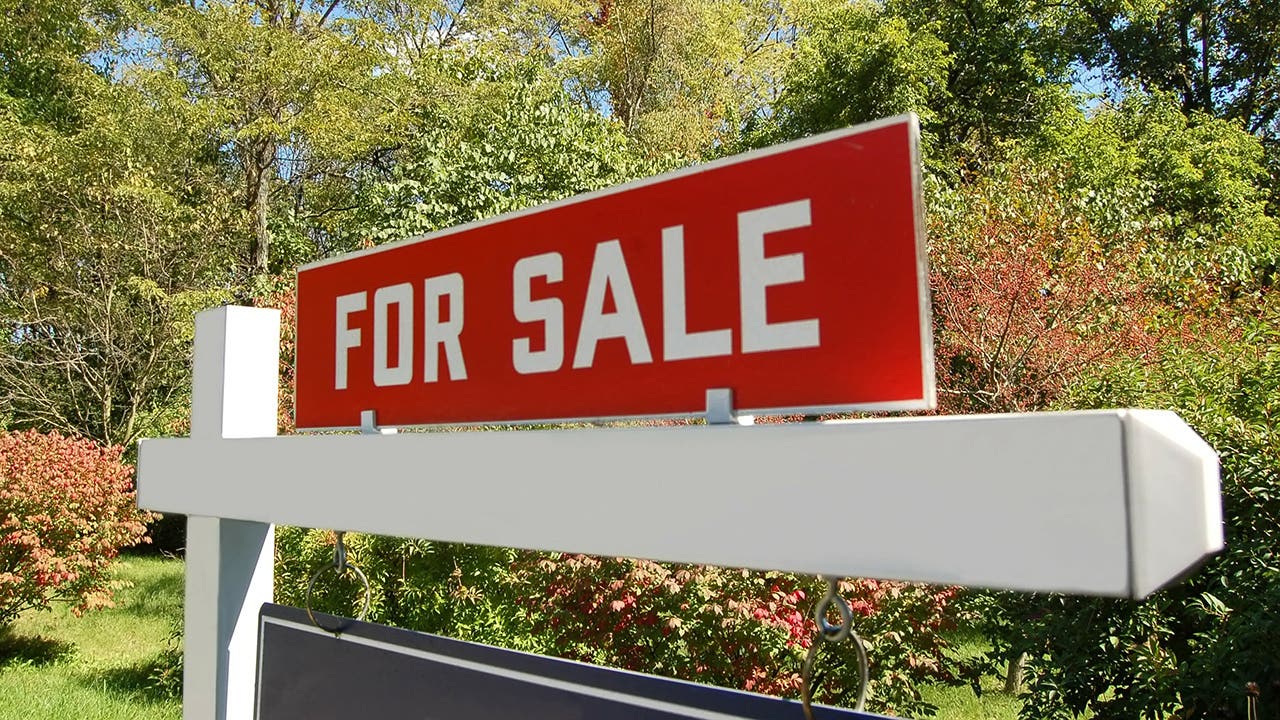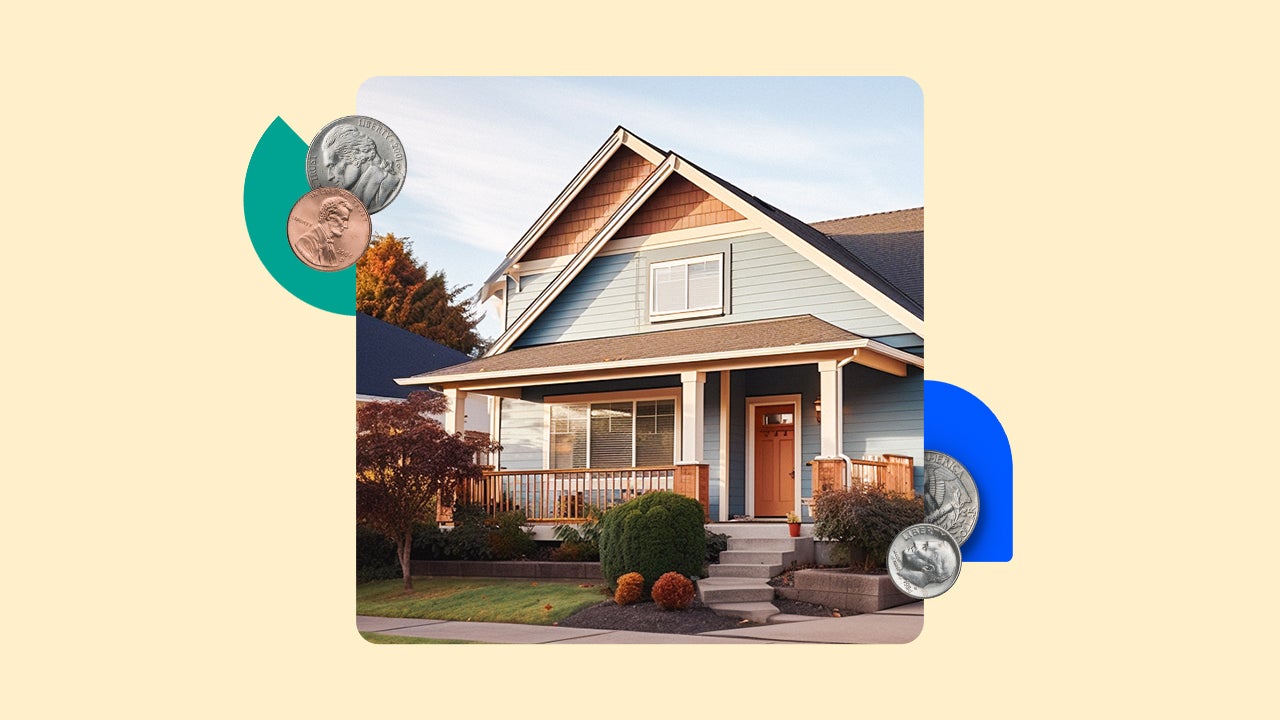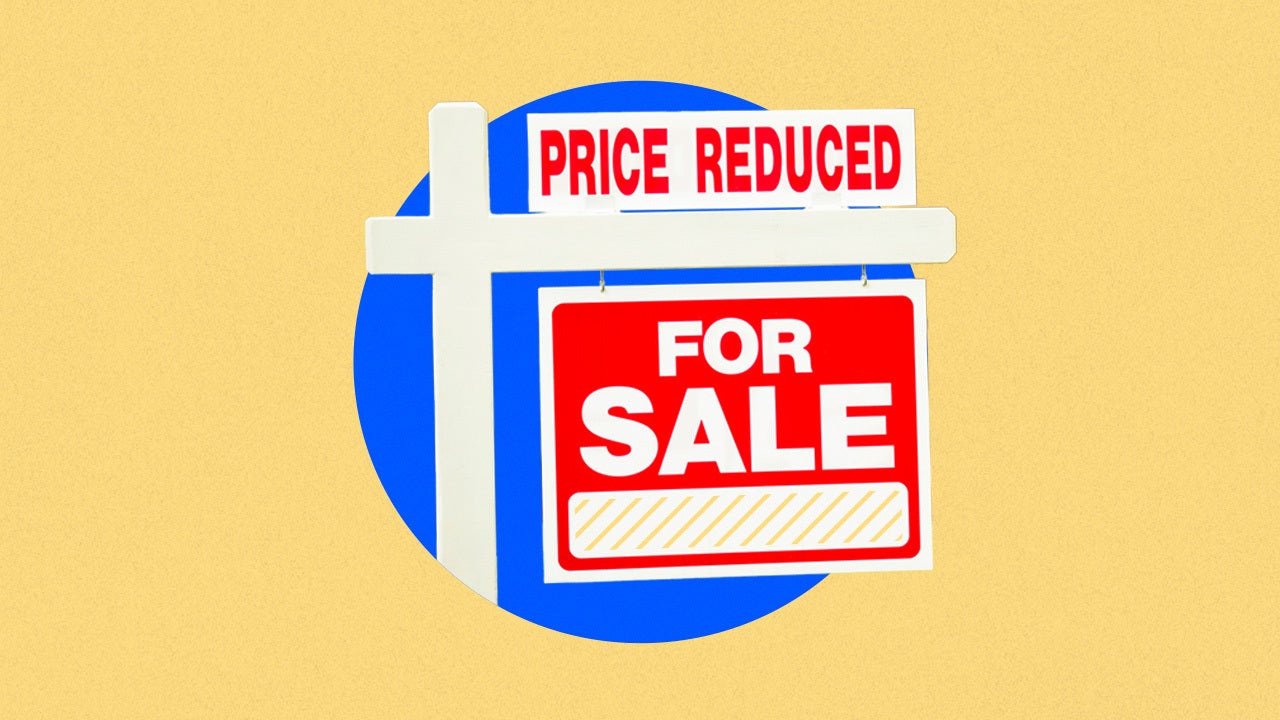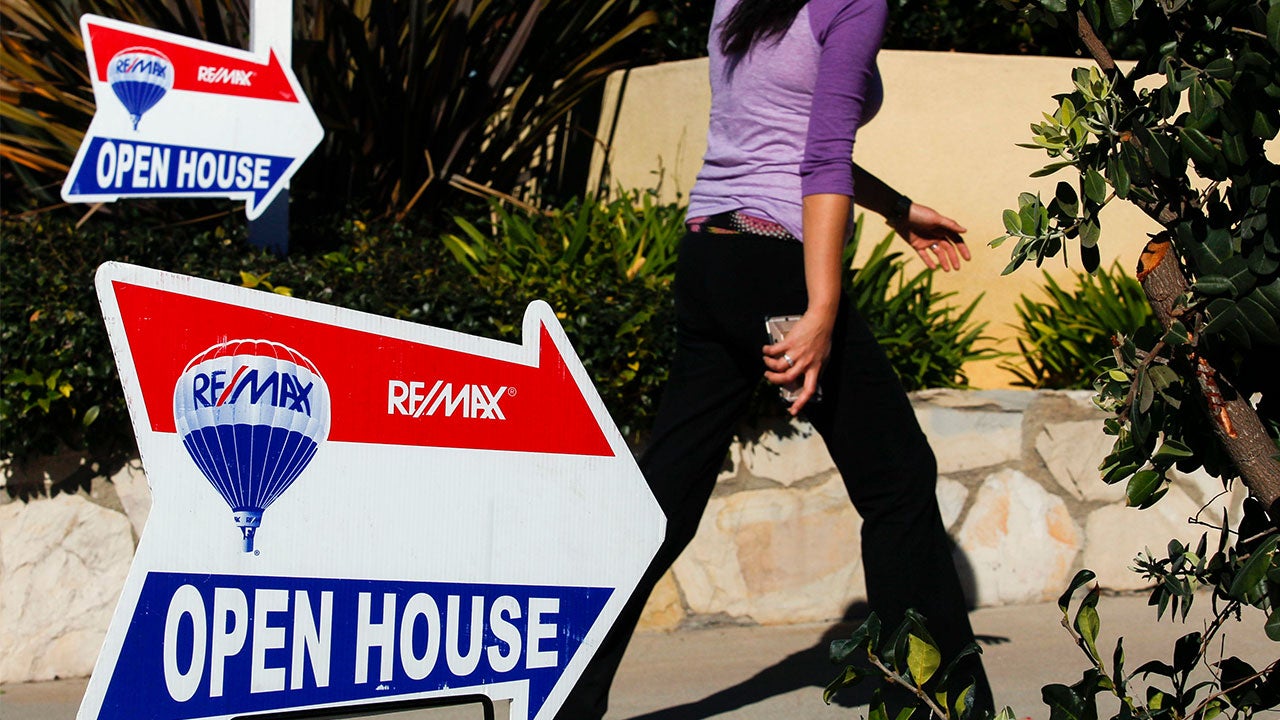Listing price: What it is and how to determine it

Listing price is a term that refers to the advertised cost to buy your home once you put it on the market. Depending on the current real estate market conditions in your area, your listing price may or may not reflect your final sales price, as we’ll explore in this article.
What is a listing price?
Listing price, aka list price, is the price at which you put your home on the market for sale. In other words, it is the advertised price for your home. Typically, the list price is determined with the help of a real estate agent or realtor and is based on the value of the home and other considerations related to the current real estate climate.
The “listing” part of the term is a reference to your home being listed in real estate ads and on multiple listings services (MLS).
The list price is often merely a starting point for negotiation and is not necessarily the final amount that the home will sell for. However, it can have a considerable influence on the final sale price.
How to determine a good listing price to sell your home
The process of establishing a good list price is important because a home that’s priced well is likely to attract more prospective buyers and sell quickly. Determining a good list price is typically based on a variety of important considerations, including your home’s location, the final sale price of comparable homes in your area and also the current market conditions.
Another consideration that factors into establishing a list price is the condition of your home. A fixer-upper, for instance, would not likely be listed for as much as a property that is considered turn-key or ready to move into.
If you invested in upgrades or renovations, that will also factor into the list price for a home. Not all renovations offer the same return on investment as others when it comes to calculating list price. Spending $60,000 on a kitchen remodel doesn’t mean you can automatically increase your home’s list price by $60,000, for example.
Before investing in renovations, it may be best to consult with a licensed real estate professional to determine which changes and upgrades translate into the most added value when pricing a home. Refinishing hardwood floors, for instance, offers a 147 percent return on investment, according to the 2022 Remodeling Impact report from the National Association of Realtors, while a bathroom renovation offers a 71 percent return.
Even within these parameters, the quality and type of materials used may be more or less relevant to the overall impact to list price. If installing an expensive marble countertop doesn’t add significant value compared to a solid surface counter, for example, you might get the most value in using a more moderate material rather than a high-end one.
Listing vs selling price
While the list price is a predetermined starting point for putting your home on the market, the actual selling price may vary quite a bit, depending on how the market is doing and at what price you originally listed the home. The selling price is the amount you ultimately agree to sell your house for after negotiating with a prospective buyer. It’s what will be listed on the purchase and sales agreement you sign with the buyer, and on the closing statement issued before you finalize the transaction.
To get a ballpark figure of what the final sales price for your home might be, you can research what other similar homes in your area have sold for in recent months.
You can also ask your real estate agent to prepare a net sheet, which lists all the closing costs associated with a sale — including the repayment of your mortgage, if any — and subtracts them from your home’s price tag. This will give you a sense of the actual amount you’ll net on the home sale.
Ultimately, the list price strategy targets a number as close as possible to what you hope to get for a selling price. If your list price is too high, your home may not sell in a timely manner, which costs you more in the long run. If you list too low, you may not get a selling price that represents the home’s true market value. In a buyer’s market, many homes may sell below the listing price because inventory is higher or there is less demand in an area. In a seller’s market, an owner may list a home at a higher price point and still end up with a selling price above the initial list price.
If a home’s list price is not generating enough offers, the owner may choose to re-list the property at a lower price. While the list price is set at the discretion of the owner, the selling price is fully negotiable and will be decided on between the buyer and seller.
Find a trusted real estate agent to help
Because of the role list price plays in how quickly a home sells, and in determining the final selling point, having a knowledgeable expert guide you in the process of setting a list price is essential. A trusted real estate agent who knows the local community and understands the current market dynamics can be an invaluable part of determining the right list price for your real estate.






